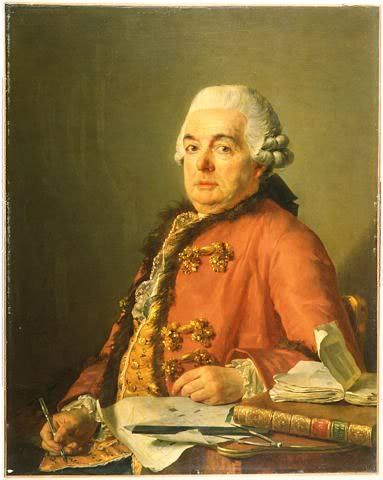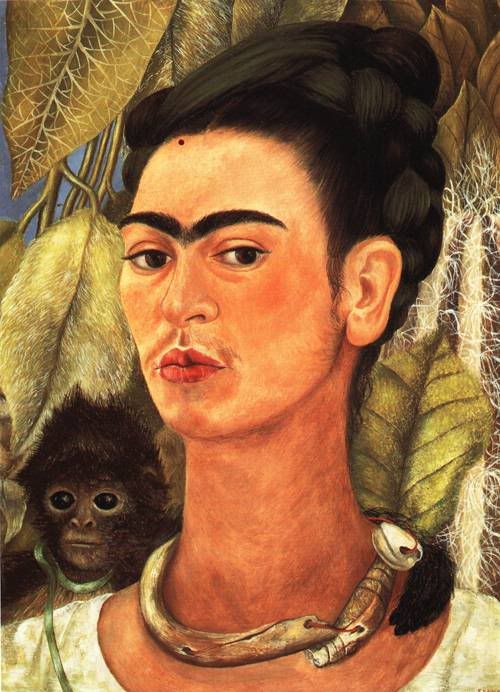
Greenberg on Art Criticism: An Interview by T. J. Clark
Art criticism is all about being relevant and one of the hardest things to critique. Music has rules, where art doesn’t. You can hold music to a score, but art you can’t it’s relevant to taste. This helps with my project, as it will help me to focus on what is relevant, and to portray what I see and not to formulate an opinion, but to be observant. Greenberg is a multitalented individual who was artistic and a writer. It was very interesting to learn how to critique from a writer and artist, who walks both side of the fence. As an artist he can put art into words.
Greenberg on Pollock: An Interview by T. J. Clark
I did not know Pollack did not like easel painting, and he believed easel paintings had no beginning and end. They were just a portion or partial of the full idea or work. It was funny to learn Greenberg takes credit for this idea. I don’t feel this relates to my project, as other than the diversity of Pollock's works. I did get more of and understanding of whom Pollack was, his frustrations, and his different styles. I like Jackson Pollock’s works, so I thoroughly enjoyed getting to know more about him.
An Introduction to the Italian Renaissance (Giorgio Vasari)
Giotti was one of the first painters to use perspective, as he used backgrounds and foregrounds in hi painting. He was very enthusiastic about nature and wanted to include it in his works. Although he didn’t make everything perfect, to scale, or realistic, he started the trend. The video helped me to recognize style and influence in art when I critique it. I need to recognize style and how they make it unique, and not just form a biased opinion whether I like something or not. This was a great film that directs attention towards style and different individualism of each artist. I liked the nonbiased criticism and the different aspects the art was viewed with.
The Critics: Stories from the Inside Pages
I learned critics get us to think, when I figured they just liked to argue or get a rise out of someone. It makes sense though, for example a witty political cartoon bashing a policy. It’s an indirect way of voicing an opinion, and making others wonder why or what if it was true. Not only do they attack in a sense, they can protect or even boost someone. For example they could highlight a music performance giving publicity and thus boosting their popularity with a crowd. Of course whatever I critique, I will want to boost, praise, and promote. I am going to pick something that I have interest in and hopefully praise it, and maybe that will be contagious enough for someone else to do the same.
The Colonial Encounter: Views of Non-Western Art and Culture
I have never heard of Dahome, or seen any of their artwork or craft as some refer to it, until now. They were very skilled, detailed, and accurate in their repetition of patterns and scale. I am not looking at art exhibiting African cultures, but understanding more of another culture’s craft, can open you up to understanding another’s. So it may help in this manner! I think this film was very informative and interesting to see the three different African arts and how important they are to these cultures and the rest of the world.
Jackson Pollock: Michael Fried and T. J. Clark in Conversation
I knew Jackson Pollock was phenomenal, but I did not know his influence was this great according to the video. I was also amazed by some of the conflicting opinions of some of his works. I liked the cross-criticism and the depth of the two critics featured in the video. I liked listening to their critiques and how detailed and well they spoke of Pollock’s works. I think it gave me some new perspective on criticism and will definitely help me in my review.






